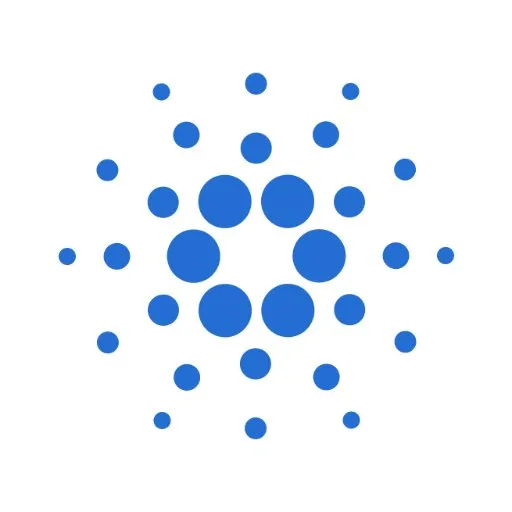Cardano was developed by Ethereum co-founder Charles Hoskinson in 2015 and launched in 2017. Hoskinson is also the co-founder of Bitshares. He founded Input Output Hong Kong with his partner Jeremy Wood. Cardano administrators are Cardano Foundation and Emurgo as well. The Cardano Foundation consists of developers who will continue to develop Cardano on a voluntary basis and cannot directly interfere with the network as it is decentralized. Cardano's abbreviated name is ADA. It is a decentralized project that allows the storage and transfer of value and assets on the blockchain, just like Ethereum.

The project, which sold an ICO before it was launched in 2017, had raised $63 million in investment. It has a developer team with engineers and R&D team from all over the world. The Cardano platform uses the highly fault-tolerant programming language called Haskell. Cardano, the first cryptocurrency created with this language, is completely open source and patent-free.
Daedalus Flight
Cardano has a wallet called Daedalus. This wallet has a debit card. The two work together and it is possible to send and receive money. Thanks to the wallet, ADAs can be instantly converted to the local currency of the country and used. The wallet forms the payment layer of Cardano's two-layer protocol. In the other layer, the control layer, data such as compatibility tests and identity control are processed. One of Cardano's goals is to spread the use of blockchain in lagging and developing countries. In the future, new tokens will be created on the Cardano network, such as the Ethereum network.
Mining System
The mining protocol uses a PoS (proof of stake) algorithm called Ouroboros. They prefer a system where transaction confirmation and rewards are earned on the network, rather than a mining system that exploits electrical energy and is based on energy consumption, such as Proof of Work. Ethereum will also switch to the PoS system with the 2.0 update.
Cardano and Ethereum networks are networks that can be considered competitors. If we call the Bitcoin blockchain the first generation and the Ethereum blockchain the second generation, we can call the Cardano blockchain the third generation blockchain. Here, each network aims to be a more functional and closed network, developed after the other. Since Hoskinson is one of the founding members of Ethereum, he is very aware of the problems in the Ethereum network and can produce solutions. The Cardano network has no scalability problems and will be fully decentralized day by day. This is why some of the DeFi projects take shape on the Cardano network.
Until the Ethereum network moves to the 2.0 update, up to 15 transactions per second can be processed on the network. Each process takes about 16 seconds. However, on the Cardano network, 250 transactions per second can be processed, with each transaction taking approximately 20 seconds.